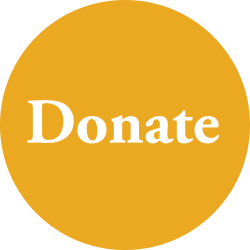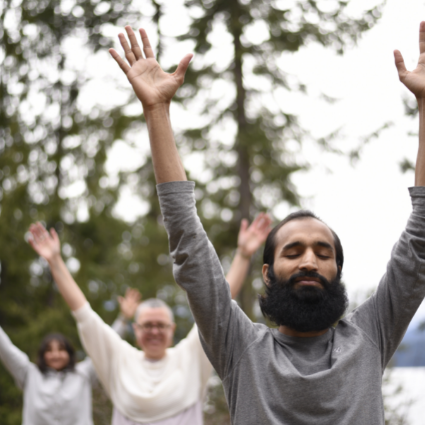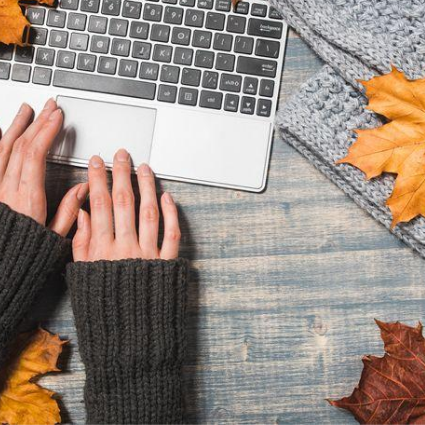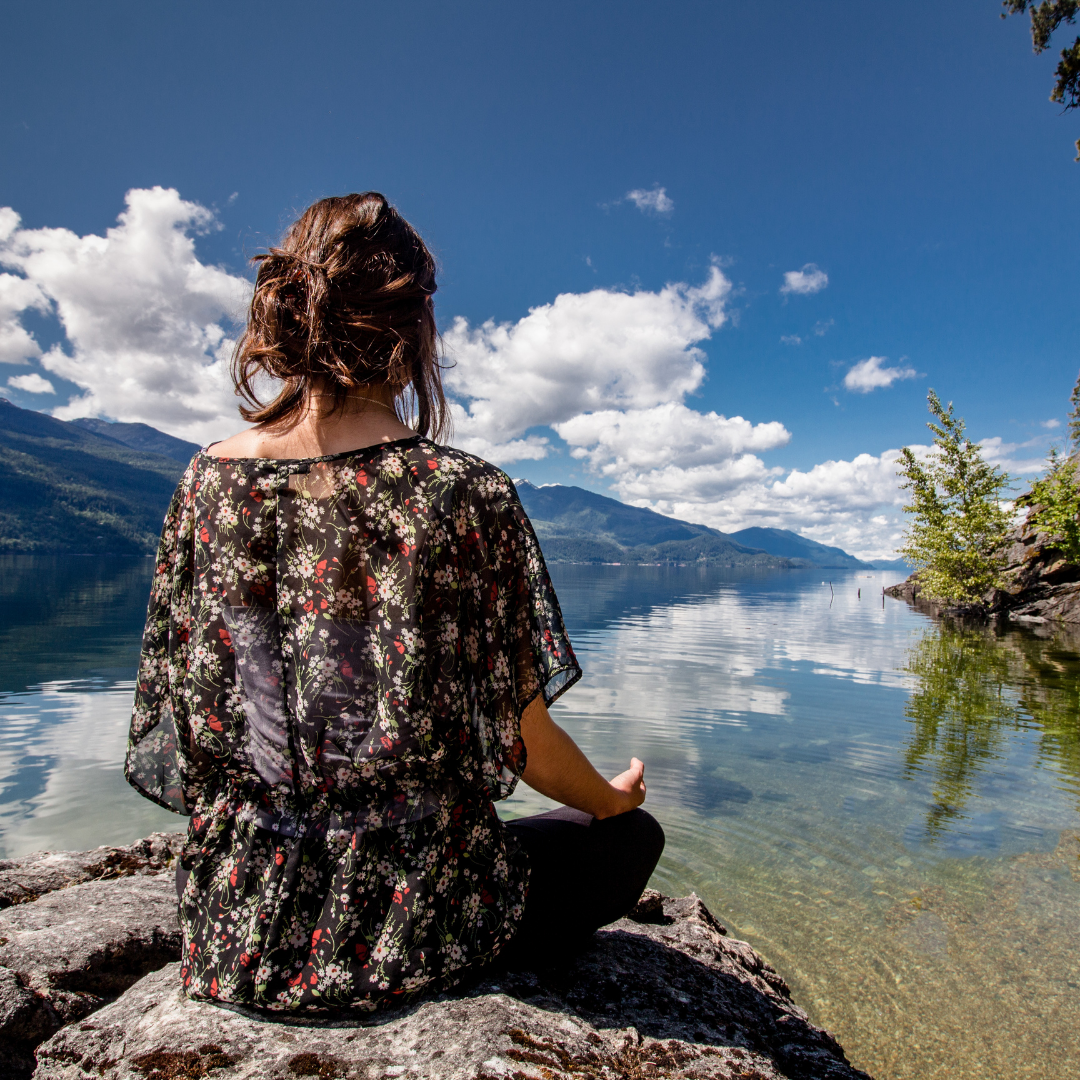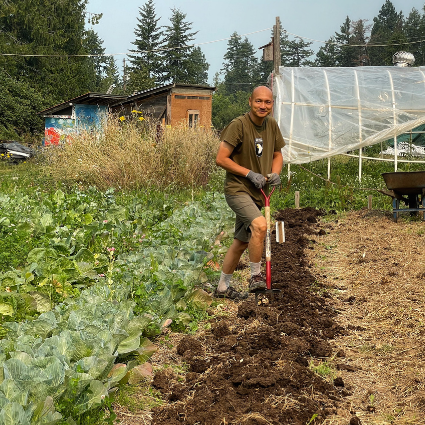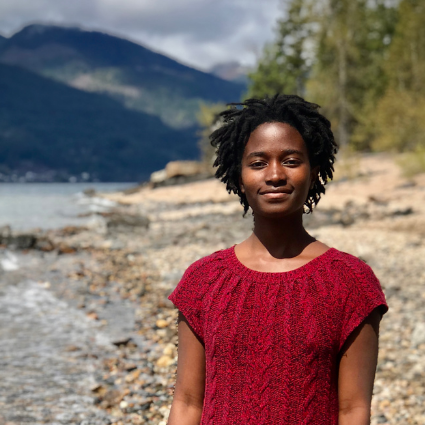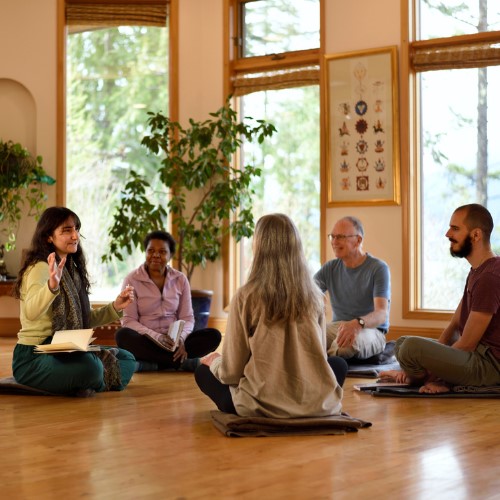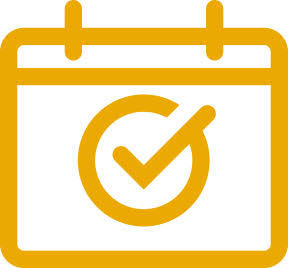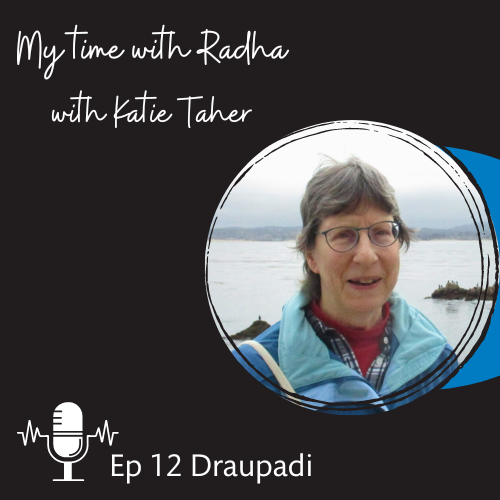Yoga of Self-Development
Our guided yoga retreats, self-guided retreats, intensive courses and selfless service stays support healing, personal growth and self-development. Spiritually we offer a focus on Light and the Divine Feminine, much-needed in our world today. Please note that we are only open to guests who have made an advance reservation.
Learn more

